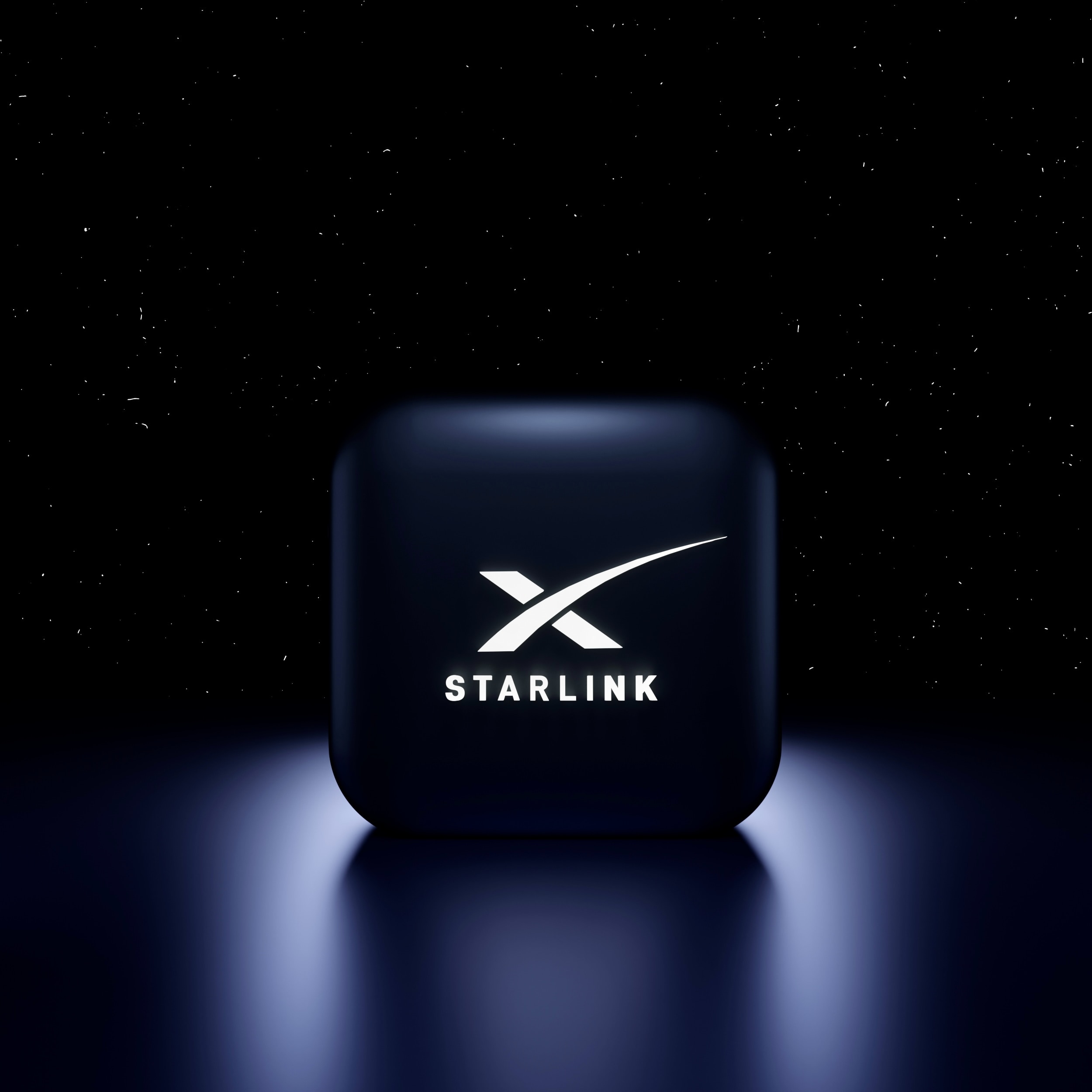Back in March 2021, we first wrote about Starlink and what it was all about (you can read that original blog here). Now, we’re writing about the next development in all things Starlink with a third-generation in terminal hardware for us in homes. This global constellation of Low Earth Orbit (LEO) broadband satellites from SpaceX will see it’s latest generation of hardware offering better durability for customers on standard plans and higher performance in terms of speed.
What is Starlink Satellite Broadband?
If you skipped the link above to our original blog, then here are the main things to know about Starlink.
The Starlink network is currently made up of approximately 5,077 LEO satellites, with plans to add around 7,500 more by the end of 2027.
How much does Starlink satellite broadband cost?
The regular home kit costs £449 plus £20 shipping fee, consisting of the standard dish, router etc. UK customers then pay £75 per month.
How fast is Starlink satellite broadband?
On the standard package, you could expect:
- Fast latency times of 25-50ms
- Circa 25-100 Mbps download speeds
- Circa 5-10 Mbps upload speeds
Currently, only new customers opting for the standard residential plan will be able to get this new third-generation kit.
GEN3 Starlink Terminal Hardware – What’s New?
Last week, Starlink updated their website with this new third-generation terminal equipment including dish, router and the other bits needed to get you online. Not only are these GEN3 items cheaper to manufacture, they are also touted as providing better performance for new customers.
So what are the improvements with the new Starlink hardware?
Dish:
- The new dish is bigger, also coming with an improved environmental protection rating of IP67 (up from IP54)
- It comes with a wider field of view (110° up from 100°)
- The antenna (or dish) has a default configuration with a simple manually oriented kickstand where it can receive a signal just by facing the sky without obstruction (instead of automatic motorised rotation)
Router:
- Wi-Fi 6 support is now included with the new router (improved from Wi-Fi 5) (although it’s worth noting that only support for WPA2 encryption is listed, instead of the usual WPA3 you tend to find with Wi-Fi 6 kit)
- It is now a tri-band device (instead of dual band)
- The router has 2 Gigabit Ethernet ports (instead of an adapter)
- It has improved durability with water resistance rating of IP56 (up from IP54)
Are there any disadvantages with the new Starlink hardware?
After we’ve talked about all the pros, there are a few things to note with the new hardware that might be considered cons.
- The new third-generation router is not compatible with mesh systems that are not their own which means you need to use their second- and third-generation mesh nodes.
- The power consumption of the new dish has increased from 50-75W to 75-100W, which could impact your electricity bill. (As a comparison, one standard router tends to use between 7 and 15 watts on a fixed line broadband connection.
For full details of the new Starlink Kit Specifications, head to their website.

